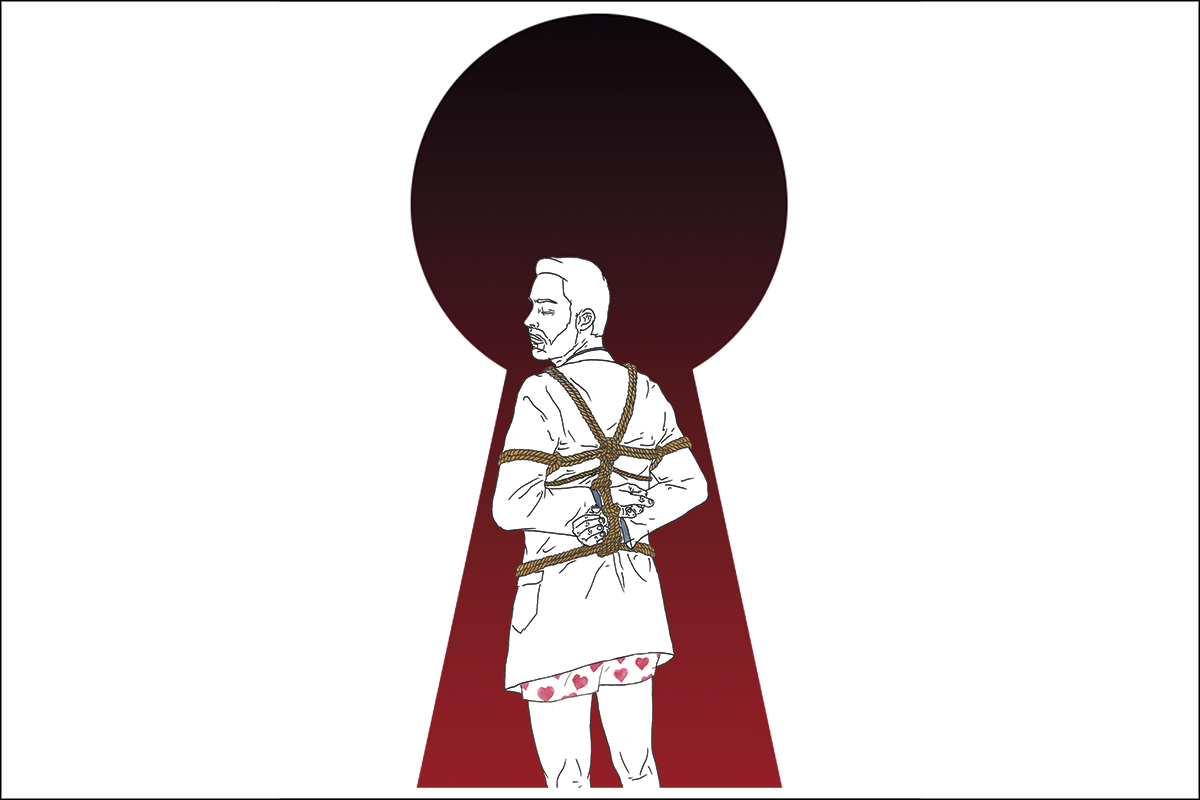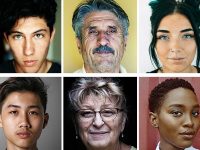
With the title statement, I am not referring to the practical and lustful part, which is also true. If there is one thing I noticed when I wrote S=EX²: The science of sex – which has just been reduced and updated – it was that we tend to shape our sexuality based on very poor and biased information (personal experiences, gossip, pornography, etc.), and that we have a very close-minded and fearful view of sexual exploration. We seem to be ashamed to ask for or try things that we are attracted to because we think they might not be «normal», as if that mattered anyway. We place too much importance on sex: we find it difficult to let go, and so we do not take advantage of its full potential as a source of union between people, of both physical and spiritual pleasure, and in general, of personal wellbeing.
But I am even more interested in how untapped sex is on an intellectual level. It tends to be surrounded by so many taboos, gags, ghoulishness and casuistry, that it is difficult to analyse human sexual behaviour from a serious and rigorous perspective. This is what I try to do from a scientific point of view, as it seems to me to be an academically exciting subject, with keys to understanding human nature.
One of the examples that most intrigues me is how a brain can go from a state of maximum pre-orgasmic arousal to the absolute calm, and even drowsiness, of the refractory period in just ten seconds. There are everyday situations that make us go from calm to surprise or shock, but the reverse is not so common. In fact, calming down is not easy. On the other hand, at an experimental level, a simple masturbation can induce this transition in a controlled way, which would certainly be interesting and original to investigate. However, scientists do not dare to do it, or even think of it.
In El cazador de cerebros, I interviewed the great neuroscientist António Damásio, who constantly talks about the difference between emotions and feelings, and the enormous link between the body and the mind. For him, emotions arise from physical bodily states that the brain perceives and interprets, from which it creates a feeling and generates cognition. You do not tremble because you are afraid, but rather you are afraid because you tremble. In the middle of the interview I talked to him about spontaneous desire and sexual arousal as very clear examples of his theory: reactive desire is produced in response to an external stimulus, but many other times our body experiences unconscious internal changes that excite us physically, which our brain interprets as spontaneous sexual desire. Even in BDSM practices we can see that a painful bodily sensation can be interpreted as pleasurable or unpleasant depending on our awareness of the moment. To my disappointment, Damásio looked at me with the nonchalant expression of never having thought about it. But, for me, it gets even more interesting: sexual arousal has been shown to increase the pain threshold, but by what mechanism? It is not an anaesthetic reaction, because we are actually hypersensitive in that state; in spite of that, pain hurts less. Why? Is it related to the nervous system or to the activation of some area of the brain? Finding out could be interesting to understand the physiology of pain, even explore ways to attenuate it. Why is it not studied more?
When there are issues of such social significance, such as prostitution, why are there no sociologists investigating it in more depth, and no psychologists studying the real motivations of clients? – well, there are some studies (from 2021) exploring these motivations, which go far beyond the search for pleasure and satiation, and I cite them in the revision of S=EX².
I could continue to give examples, it is really difficult to find activities that are so conditioned by desire of physical and psychological origin and so much psychological and cultural inhibition. The dual control model created by sexology is an ideal framework for analysing behaviour, self-control, and human nature from a very interesting biopsychosociological paradigm. In the book I also talk about erobotics or sex with artificial agents, which includes virtual reality and robotics with artificial intelligence. In this line, a recent study asked volunteers if they would have sex with hyper-realistic silicone dolls, to which a very large percentage answered a very convincing no. After stimulating them with erotic images, they were asked again and many changed their answer. For analysing decision-making in intense emotional states, this is all very interesting.
And what a pity that an issue like gender identity has become so polarised that there is no way to talk about it in a calm and intellectually curious way. Sex is not the same as gender: in higher animals there are males and females with the primary purpose of reproduction, but the cultural sophistication of humans has constructed certain behaviours, clothing and male and female gender roles that have little to do with biology. These cultural markers of gender may more or less coincide with the chromosomes and genitalia someone is born with. In some transgender people, the mismatch appears from childhood in a very marked and immovable way, possibly due to alterations during brain formation in embryonic development, and others prefer to identify with more fluid genders for political or social reasons. This is an essential distinction in any debate, or medical approach, which is often not established.
Changing the subject: there are researchers trying to create a scale to classify the intensity of orgasms – the orgasmometer, they call it – because recently it has been found that not everyone feels the same pleasure at the moment of climax. There are people for whom the rush is very intense, and others who suffer from sexual anhedonia: they feel satiation, but not a peak of pleasure. This is very relevant, because we see that there is a grey scale between individuals. Until recently, when a woman confessed to a sexologist that she did not know if she had ever had an orgasm, the answer was usually: «You have never had one, because you would have noticed it», and she would recommend exercises and toys to get mentally and genitally aroused. But now we see that there may be people with sexual anhedonia who reach orgasm but do not feel it.
I could go on explaining how the position of the clitoris determines the type of orgasm, citing studies on sexsomnia or reflecting on the potential of porn to investigate mirror neurons in the lab. In truth, the study of sex is much broader and more interesting than we imagine, from the endocrine and physiological point of view, but also from psychology and sociology and, of course, from anthropology and history, which I admit to have studied in less depth. They all come together in this multidisciplinary biopsychosociological paradigm that sexology represents. If we add the experience-based knowledge of members of different sexual subcultures such as tantra, BDSM, or consensual non-monogamous relationships, the intellectual wealth is so overwhelming that at times I have doubted whether sex is more enjoyable to study than to practice.





